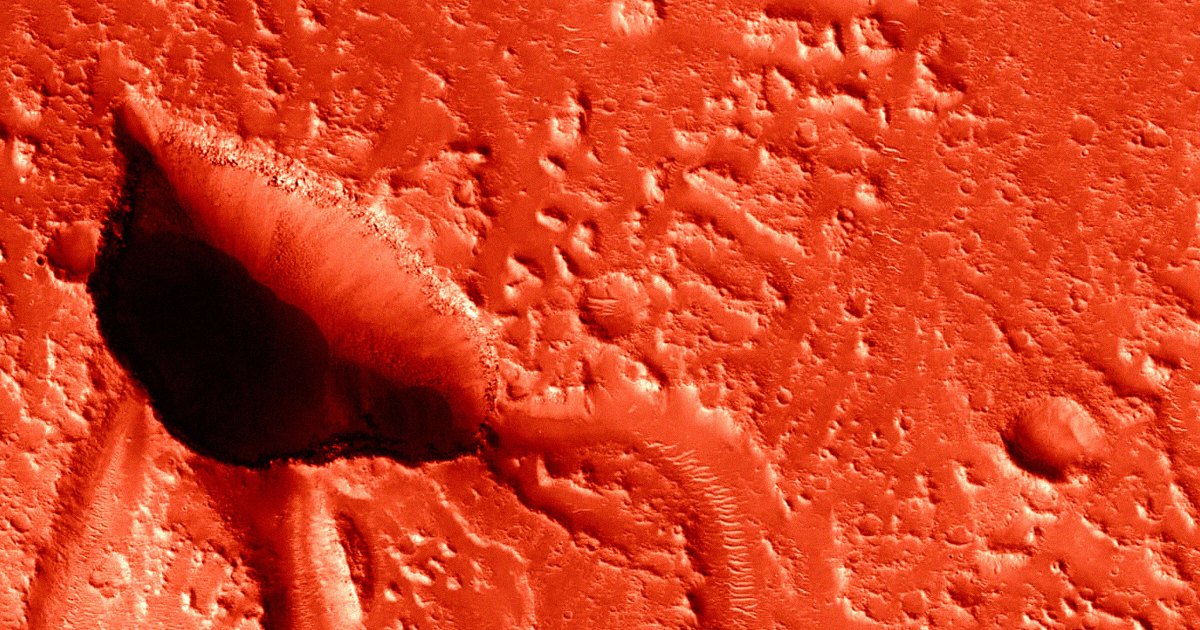
"Scientists have long been interested in the caves of Mars - not just because they could provide a home for future human explorers, but also because they just might harbor evidence of life on the Red Planet, much like how caves on Earth are home to a staggering variety of organisms. Now a team of scientists, led by Shenzhen University in China, have found eight caves on Mars with an accumulation of evidence that water may have carved them into existence."
"They detailed their findings in a new study published in The Astrophysical Journal Letters, where they also concluded that the caves are a "compelling candidate for future robotic and human missions" because they are sheltered from the deadly Martian cold, raging wind storms and extreme radiation. The scientists came to their conclusion after noticing that certain features in Mar's Hebrus Valles, a region characterized by valleys and rocky terrain, exhibit "geomorphological indicators of past aqueous activity.""
"For their analysis, the scientists studied data from mineralogical maps created by two NASA spacecraft orbiting the Red Planet: the Mars Global Surveyor and Mars Odyssey, which is tasked with analyzing and identifying chemicals on the Martian surface. From their analysis, they found water-soluble substrates and sulfates at the sinkhole sites they identified as being possibly carved by water, and also picked up concentrations of hydrogen at these places,"
Researchers identified eight caves in Hebrus Valles on Mars that exhibit geomorphological indicators consistent with past aqueous activity. Several sinkholes in the region may be karstic-like, formed by water-driven dissolution rather than volcanic collapse. Mineralogical mapping from Mars Global Surveyor and Mars Odyssey revealed water-soluble substrates, sulfates, and elevated hydrogen concentrations at those sinkhole sites. The caves offer shelter from extreme cold, high winds, and radiation, making them compelling candidates for future robotic and human exploration. The combination of protected environments and aqueous signatures increases the potential for preserved biosignatures from ancient or possibly contemporary life.
Read at Futurism
Unable to calculate read time
Collection
[
|
...
]